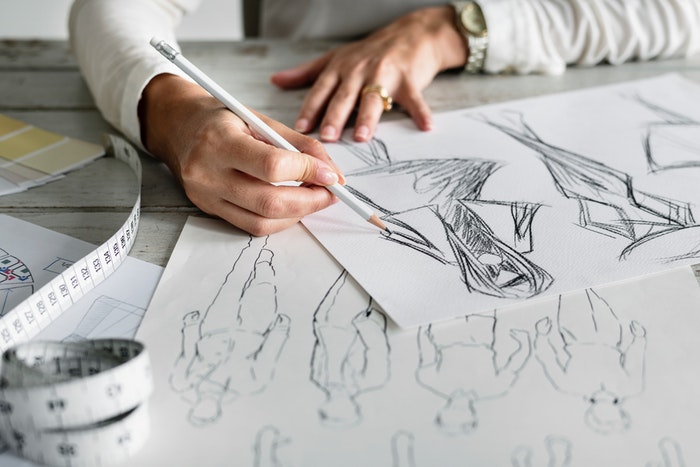Creating your masterpiece requires talent but sometimes it is also about the methods which you use. There are some expert tips which can help you move forward in your career as an artist. Used by artists all around the world, here are some of the tricks that can be used when you draw your next piece.
One point perspective
Sometimes, your portraits would have one or more focal points. Setting the right dimensions could be different in such cases. Therefore, you can use the help of one point or two-point perspective, which can help in drawing buildings, structures, and even complex maps. You can also simply use it to draw an inside of a room. Keep one main point as the starting and move about with proportionating the other elements in the drawing.
Rule of thumb
The rule of thumb is not something complicated. It is the simplest technique you can use to create stills or real-life figures. If you are drawing a door and you are not sure of how big you should draw it, then here’s an idea. Keep your pencil in front of your eye. Make sure you are sitting close to your object, in this case, the door. Look closely at the door and then measure it in terms of your pencil. Now mark the height of the door in your eye view on the pencil, using the help of your thumb. You can now use the same measurement on paper.
Don’t ruin by shading
It is not compulsory to shade every object in your sketch as it can sometimes be messy. Once you have drawn with a light pencil, check which parts need to be highlighted. You can then use a pencil which is a shade darker to outline the object or fill in. Do not go overboard with shading as lead can ruin your overall drawing if used too much. Take baby steps and shade with a lighter pencil and only when you are completely sure, shade with a darker pencil. This way you have fewer chances to screw up.
Start on a clean slate
If you are thinking of doing some advanced drawing, then things are going to get messy. That’s why the best practice is to always start with a fresh paper or cardboard. It depends on what you want to use as your base. But make sure it is not dusty or dirty, or else it could hinder the quality of your work.
These are some of the ways you can skip creating blunders in your sketches of drawings. Also, invest in good sketchbooks and drawing pencils.
